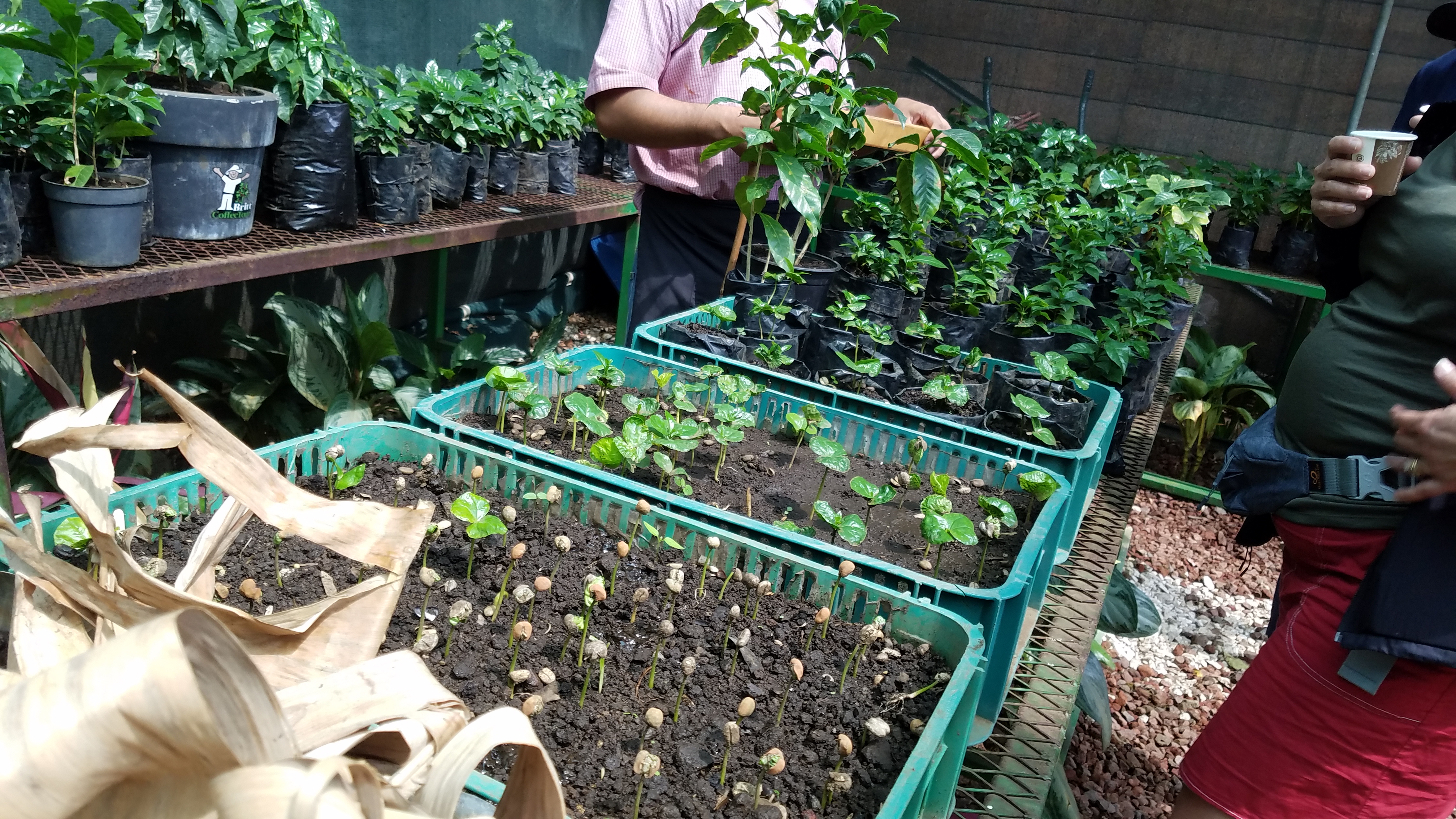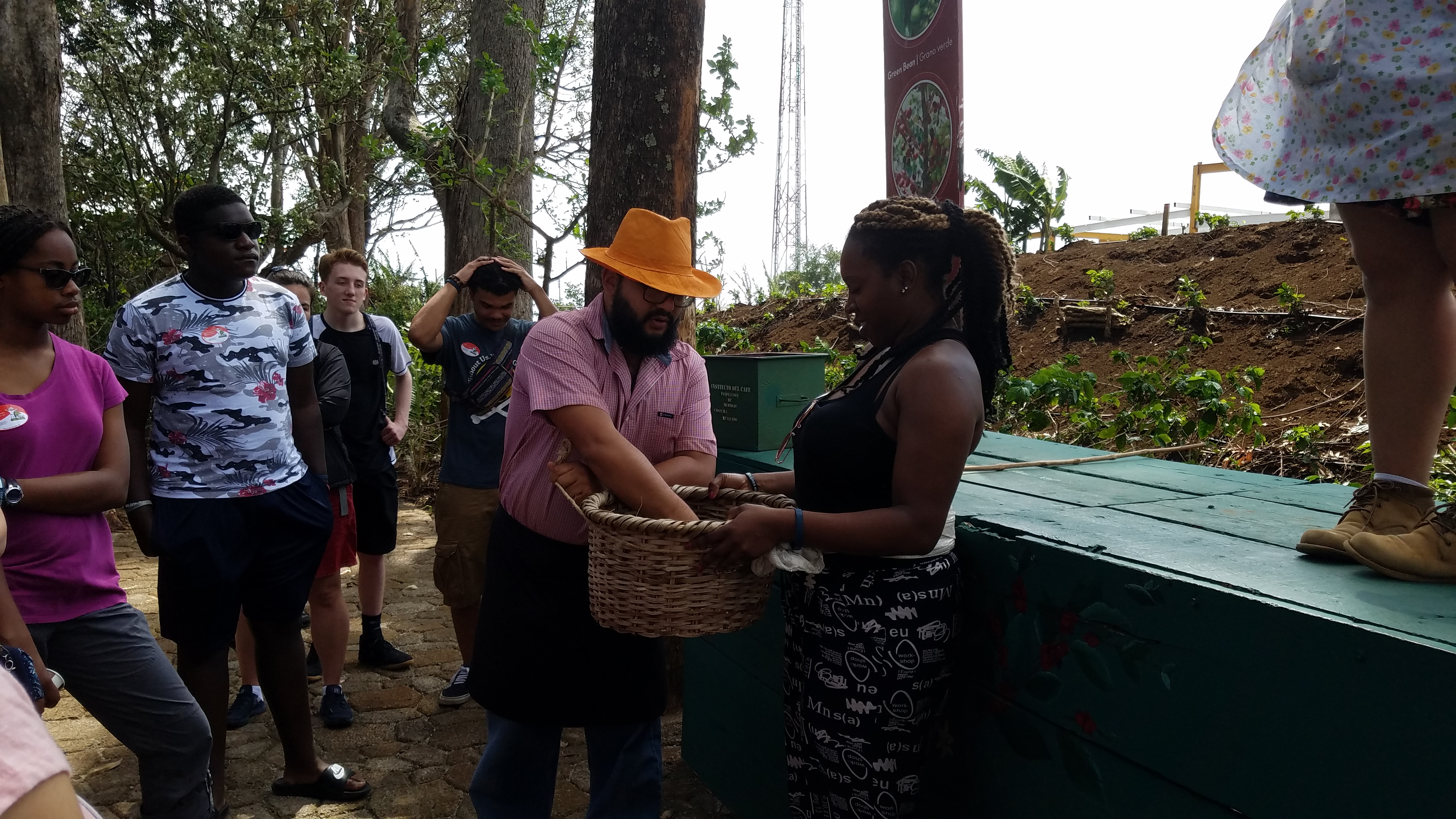One of the things I find so interesting about the research into the distant past is how many more things are discovered, seemingly every year. One would think that after decades of excavation, everything would have been discovered already. Nothing could be further from the truth.
Recently a labyrinth was discovered on Crete on the top of a hill. Crete has undergone many excavations but clearly there is still plenty more to find.
And, as science moves on, we have better tools. archeogenetics is a new and burgeoning field. The discoveries made through testing DNA have upset many long held beliefs. The Etruscans, for example, believed to have emigrated from Anatolia to Italy are now found to be from the Caucasus.
Tests of the Blackfeet Indian Tribe have been similarly surprising.
Previously, they were thought to have migrated to the High Plains from the Great Lakes. Some anthropologists have argued that the Tribe’s language if part of the Algonquin family. Nothing in the Blackfoot oral tradition supports this.
DNA supports their belief that they have lived on their ancestral lands since time immortal. Current linguistic research indicates that the Blackfoot language has features belonging to an ancient language that predates Algonquin.
Even coffee has proven to have a surprising journey. The coffee bushes evolved in Eastern Africa in a few different strains that eventually interbred. The plants that grew on the eastern side of the Great Rift Valley remained wild but the ones on the eastern side were brought to the Yemen city of Mocha. Folklore says that the red berries were eaten. (Yuck.) Oral histories say that an Indian monk brought the berries to India from which it spread around the world. Dutch explorers cultivated c. arabica on Java – Typical. Another variant was cultivated by French colonists – Bourbon – and that combination of those two varieties largely gave rise to the coffee most of us drink today. Who knew?



